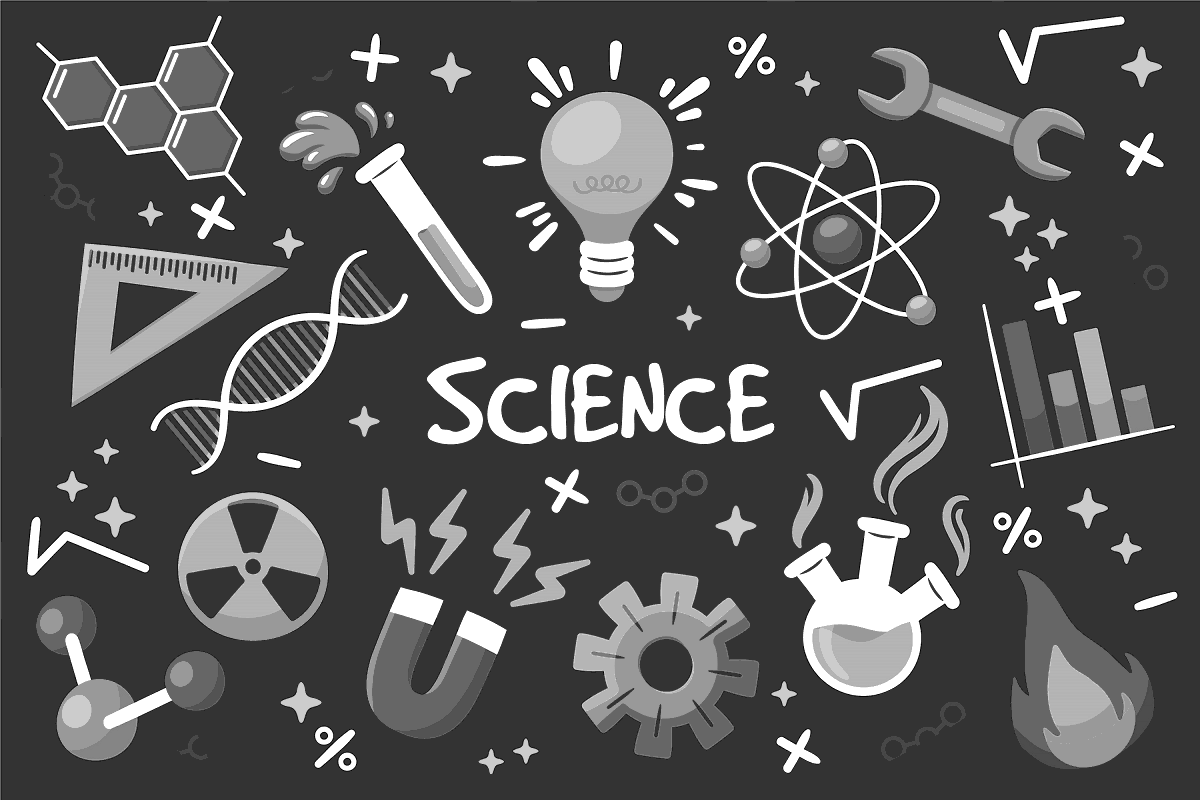
Plastics have become an indispensable part of modern life, but they come at a high cost to our environment. The amount of plastic produced globally is expected to reach nearly 2,000 million tons by 2050, leading to environmental problems such as pollution, wildlife and habitat destruction, and the release of toxic chemicals into the food chain. The need for eco-friendly plastics, made from sustainable and biodegradable materials, has never been more pressing.
Overview of Current Plastic Usage and its Impact on the Environment:
Traditional petroleum-based plastics are the primary source of plastic pollution. They are not biodegradable and remain in the environment for centuries, damaging ecosystems, wildlife, and human health. Plastic pollution is affecting all forms of life, from the smallest plankton to the largest whales. It has been found in every corner of the world, from the Arctic to the deep ocean trenches.
Comparison of Traditional Plastics and Eco-Friendly Plastics:
Traditional plastics, also known as petroleum-based plastics, are made from non-renewable fossil fuels and are not biodegradable, meaning they can take hundreds of years to break down in the environment. They also release harmful chemicals when they degrade and can have devastating effects on wildlife and their habitats.
In contrast, eco-friendly plastics are made from renewable resources such as plant-based materials, recycled materials, and biodegradable polymers. These materials are less harmful to the environment, and some types can biodegrade in a matter of months, reducing the environmental impact of plastic waste. Additionally, eco-friendly plastics are often more sustainable in their production, reducing greenhouse gas emissions and conserving non-renewable resources.
It's important to note that not all eco-friendly plastics are created equal, and it's crucial to carefully consider the environmental impact of different types of eco-friendly plastics, such as bioplastics, recycled plastics, and biodegradable plastics. While each type offers its own benefits, it's also important to consider the full life cycle of each product, including sourcing, production, use, and disposal.
Technological Advancements in Eco-Friendly Plastic Production:
Technological advancements have played a crucial role in the development of eco-friendly plastics. From the use of renewable resources to the implementation of more sustainable production methods, advances in technology have allowed for the creation of environmentally friendly alternatives to traditional petroleum-based plastics.
One such advancement is the use of bioplastics, which are made from renewable resources such as corn starch, sugar cane, and potato starch. These bioplastics can be produced more sustainably, with lower greenhouse gas emissions, and they can biodegrade more quickly than traditional petroleum-based plastics.
Another advancement is the development of advanced recycling techniques, which allow for the recycling of plastic waste into new, high-quality plastic products. These recycled materials can then be used to produce new eco-friendly plastics, reducing the need for virgin materials and conserving resources.
Moreover, new developments in sustainable manufacturing processes, such as the use of renewable energy sources and more efficient production methods, have allowed for the creation of eco-friendly plastics that are more sustainable from a production standpoint.
Technological advancements have been a driving force behind the development of eco-friendly plastics, and continued advancements are needed to further improve the sustainability and environmental impact of these products.
Cost Analysis and Scalability of Eco-Friendly Plastics:
Despite the advancements in technology, the cost of producing eco-friendly plastics is still higher than that of traditional petroleum-based plastics. This has been a significant barrier to the widespread adoption of eco-friendly plastics. However, as demand for eco-friendly plastics continues to grow, it is expected that the cost of production will decrease, making it more accessible and scalable.
Current Challenges and Limitations in the Production and Usage of Eco-Friendly Plastics:
The main challenge in the production of eco-friendly plastics is the cost. Another challenge is the lack of recycling infrastructure, which makes it difficult to recycle and properly dispose of biodegradable plastics. The current infrastructure is not equipped to handle biodegradable plastics, leading to them ending up in landfills and the environment. Additionally, there is a lack of consumer awareness about the benefits of eco-friendly plastics, and the need for education to change the current culture of single-use plastics.
Future Outlook and Potential Solutions for Eco-Friendly Plastic Development:
The future outlook for eco-friendly plastic development is promising. As technology continues to advance, it is expected that the cost of production will decrease, making it more accessible and scalable. The implementation of government regulations and incentives to promote the use of eco-friendly plastics is also expected to drive growth in this industry. Additionally, the development of recycling infrastructure will be crucial in ensuring the proper disposal of biodegradable plastics.
Conclusion:
Eco-friendly plastics are a crucial solution to the environmental problems caused by traditional petroleum-based plastics. However, there are still challenges and limitations to their production and usage that need to be addressed. The future outlook is promising, and with continued advancements in technology and a focus on sustainability, it is expected that eco-friendly plastics will play a larger role in reducing the environmental impact of plastics.
Chemistry Biochemistry

